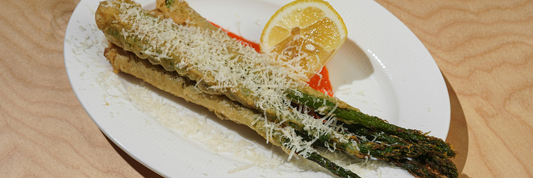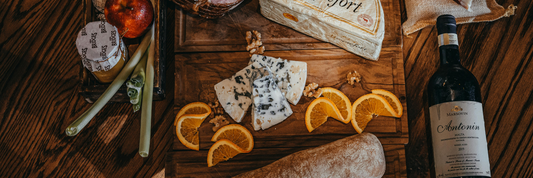Paper or bioplastic, what’s the greener, smarter choice for your takeout ice cream business? As eco-conscious consumers drive demand for sustainable packaging, ice cream shops across Canada are rethinking their to-go cup options. Paper cups and bioplastic cups both promise environmental benefits, but they differ in materials, compostability, cost, and customer perception. In this guide, we break down the pros and cons of each to help you choose the best fit for your brand and sustainability goals.
Overview of Paper and Bioplastic Ice Cream Cups

Paper Cups
Material: Paper cups are primarily made from paper pulp. To enhance leak resistance, they are typically lined with either polyethylene (PE) or polylactic acid (PLA).
Features:
- Easy to customize with printing, allowing for branding opportunities.
- Available in various sizes and designs to meet different serving needs.
- Generally lightweight and easy to stack for storage.
Bioplastic Cups
Material: Bioplastic cups are made from plant-based materials, notably polylactic acid (PLA), which is derived from renewable resources like cornstarch or sugarcane.
Features:
- Industrially compostable, capable of breaking down in specific composting facilities.
- More sustainable choice compared to traditional petroleum-based plastic, which contributes to long-term environmental issues.
- Often offers customization options for branding, akin to paper cups.
Detailed Comparison: Paper vs. Bioplastic Cups

Environmental Impact
Paper Cups:
- Can be recyclable or compostable if they are uncoated or lined with compostable PLA.
- When lined with PE or PLA, recycling and biodegradation processes can be complicated, potentially leading to landfill waste (limepack.eu).
Bioplastic Cups:
- Compostable only under industrial conditions; they do not break down effectively in natural environments (biopak.com).
- Made from renewable resources, bioplastics contribute to a reduction in reliance on fossil fuels, promoting a more sustainable lifecycle.
Cost and Availability

Paper Cups:
- Generally found to be more affordable due to lower production costs and widespread availability.
- Suitable for businesses operating on limited budgets or those needing smaller order quantities.
Bioplastic Cups:
- Often come at a higher price point, attributed to the cost of raw materials and more complex production methods.
- Availability may vary; sourcing bioplastic cups can sometimes lead to longer lead times or limited options.
Performance and Functionality
Paper Cups:
- They may soften or leak if liquids are held for extended periods, which can be problematic for certain ice cream varieties.
- Best suited for hard ice cream and short-term use, such as immediate consumption.
Bioplastic Cups:
-
More resistant to heat and moisture, providing better structural integrity, making them suitable for soft serve, toppings, and takeout delivery services.
Recommendations Based on Your Business Needs

When to Choose Paper Cups
- Opt for paper cups if affordability and ease of ordering are top priorities for your operation.
- Ideal for serving hard ice cream where minimal packaging demands are expected.
- Consider local recycling capabilities when selecting this option.
When to Choose Bioplastic Cups
- Choose bioplastic cups if you are committed to promoting a green brand image and sustainability.
- Best suited for serving soft ice cream, toppings, or offering takeout and delivery, where structural integrity is essential.
Frequently Asked Questions (FAQ)
Can bioplastic cups biodegrade in nature?
Not easily; bioplastic cups require specific industrial composting conditions to break down effectively (biopak.com).
Are paper cups recyclable?
Yes, they can be recyclable if uncoated or lined with recyclable PLA (limepack.eu).
Can I print logos on bioplastic cups?
Yes, customization is possible. However, it’s advisable to check with your supplier regarding the options and associated costs.
Ultimately, the choice between paper and bioplastic cups for takeout ice cream boils down to a business's unique needs and values. Whether you prioritize sustainability, cost-effectiveness, or product integrity, understanding the differences helps make an informed decision.




